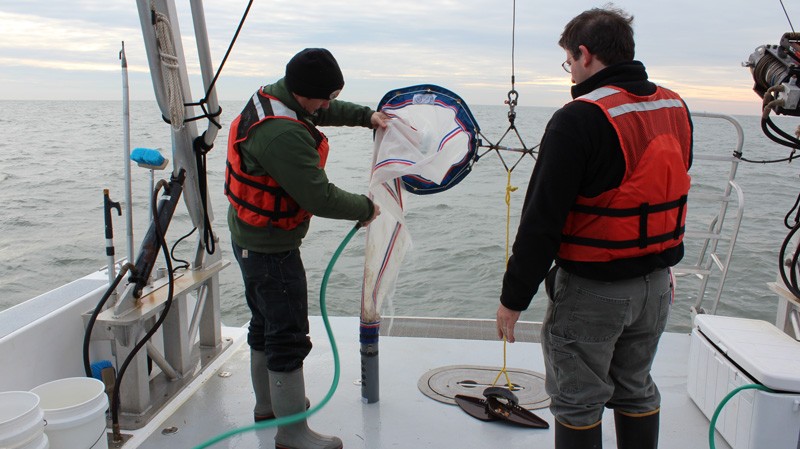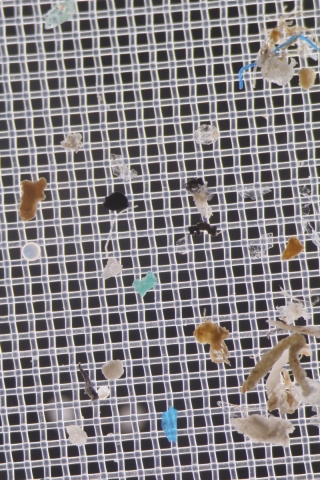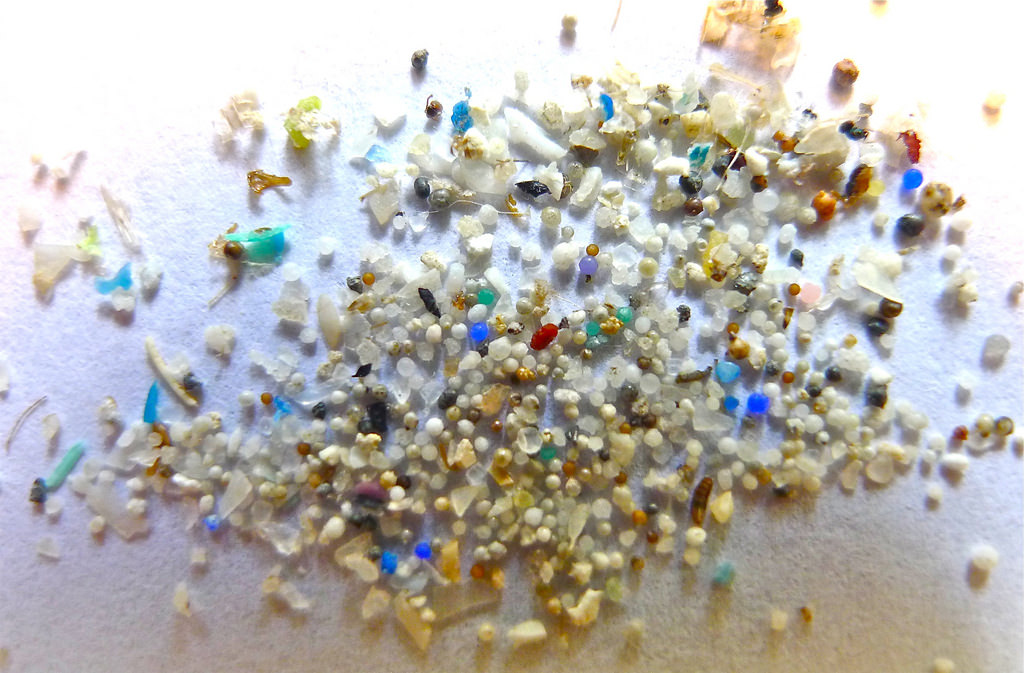Estuarine and coastal environments play a crucial role as a buffer between land, freshwater environments, and the open ocean where plastic debris accumulates.
Despite performing this critical function, the prevalence and impact of microplastics in estuarine and coastal environments has not been extensively studied.
To help better understand how these environments are affected by microplastics, University of Delaware researchers looked at microplastics in the Delaware Bay, which is a tide-, wind-, and freshwater-driven estuarine environment.
The researchers discovered a substantial concentration of microplastics in the Delaware Bay that accumulate in hotspots driven by buoyancy, winds, and tides. These factors lead to high variability of microplastic distributions, across space and time, in the bay.
The published study was led by Jonathan Cohen and Tobias Kukulka, associate professors in the College of Earth, Ocean and Environment (CEOE), as well as CEOE master’s students Anna Internicola and R. Alan Mason.
Cohen said that since this is an area of intense public interest, with possible government regulations of microplastics in the future, it’s critical that there’s science upon which to base politically and economically important decisions.
“If these decisions are going to be happening and the public is going to have to weigh in on them, there needs to be science that the decisions can be based on,” said Cohen. “That’s a pretty strong motivating factor for us.”

Complementary expertise
Kukulka and Cohen have complementary expertise and research approaches, with Cohen focused on biology and field work and Kukulka focused on the physical aspects of oceanography and the modeling work.
Cohen and Internicola measured the distribution of microplastics from 16 sampling sites across the Delaware Bay, ranging from just above the Delaware Memorial Bridge in Wilmington to outside the bay mouth. The stations cover the area encompassing where the bay is fresh water to where the bay meets the Atlantic Ocean.
Cohen and Internicola’s data from the samples was plugged into hydrological models by Kukulka and Mason.
By combining the observational data with tidal-, wind-, and buoyancy-driven models to simulate the distribution of microplastics, they were able to extrapolate the results to a larger portion of the Delaware Bay. The researchers were also able to determine how particles move within the bay, exit the bay, or accumulate in surface convergence regions.

Cohen said the sampling and modelling approach speaks to how marine science is conducted.
“It’s not all about going on boats and collecting a bucket of water or dipping a net,” Cohen said. “It’s about combining what you can learn from that with what you can learn from these numerical approaches.”
Kukulka agreed, saying that it is great to be able to combine the field sampling data with the modelling.
“It’s challenging to do observations bay-wide, and sampling is time-limited and limited to a specific location,” said Kukulka. “We didn’t really get a broad snapshot bay-wide with sampling, but with the modelling, we can see the temporal variability and the whole spatial coverage of plastics.”
Next steps
As for the project’s next steps, the researchers would like to definitively determine how long microplastics stay in the bay and if they end up at the shores of New Jersey and Delaware or if they’re trapped within the bay.









